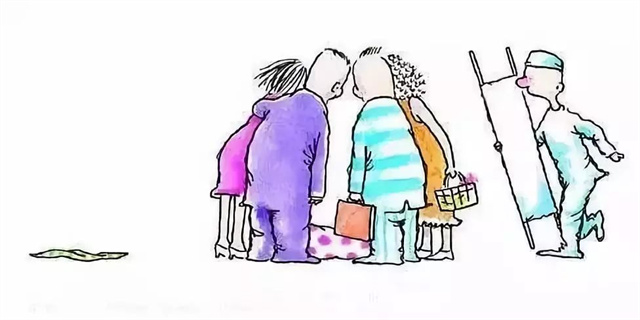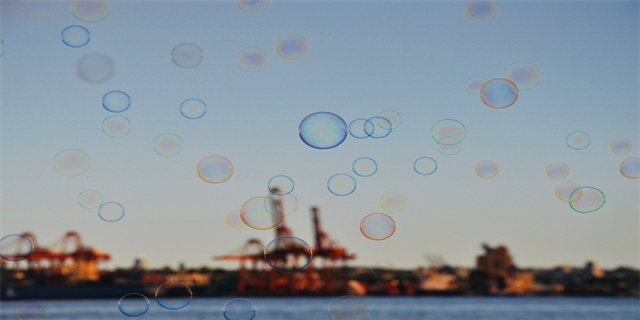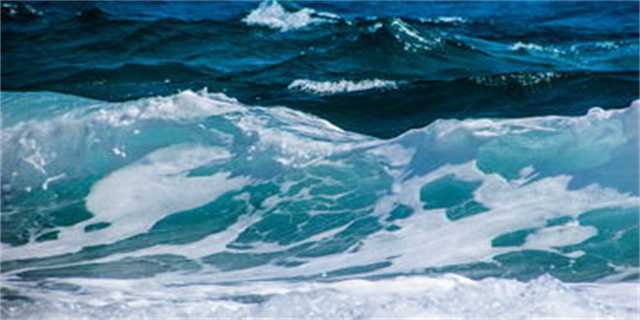Femme Fatale: The Seductive Power of a Woman
Introduction
When we hear the term \"femme fatale,\" images of dangerous, alluring women with a mesmerizing aura immediately come to mind. These captivating female characters have been a subject of fascination in literature, film, and art for centuries. In this article, we will explore the enduring appeal of the femme fatale archetype, examining its origins, characteristics, and impact on popular culture.
Origins of the Femme Fatale

The concept of the femme fatale dates back to ancient mythology, where sirens and enchantresses enchanted men with their irresistible beauty and seductive charms. However, it was in the late 19th and early 20th centuries that the archetype gained prominence in literature, particularly in works of crime fiction and film noir.
The Power of Seduction

One of the defining characteristics of a femme fatale is her ability to seduce and captivate men. Her allure lies not only in her physical appearance but also in her ability to manipulate their emotions and desires. With her intoxicating charm and mysterious nature, she can easily ensnare even the most cautious and rational individuals.
Impact on Popular Culture

The femme fatale archetype has had a significant impact on popular culture. From classic films like \"Double Indemnity\" and \"Gilda\" to contemporary works like \"Gone Girl\" and \"Killing Eve,\" the allure of the femme fatale continues to captivate audiences. Her complex and unpredictable nature makes her a fascinating and multi-dimensional character that both men and women find intriguing.
The Dark Side of the Femme Fatale
While the femme fatale may be admired for her beauty and allure, there is often a darker side to her character. The femme fatale is commonly depicted as a dangerous and manipulative individual who is willing to go to extreme lengths to achieve her goals. Her actions and motivations are often morally ambiguous, blurring the line between good and evil.
Challenging Gender Stereotypes
The femme fatale archetype also challenges traditional gender stereotypes. Instead of being passive and submissive, the femme fatale is assertive, independent, and often in control of her surroundings. She refuses to conform to societal expectations and uses her intelligence and sexuality as weapons to manipulate those around her.
Conclusion
The allure of the femme fatale archetype lies not only in her beauty and seductive powers but also in her complexity as a character. She represents a fascinating blend of charm, danger, and independence. Whether she is a character to be feared or admired, the femme fatale continues to captivate audiences and challenge conventions in popular culture.





